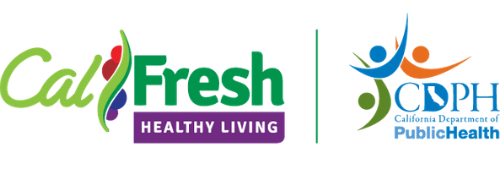Nutrition
See how we help families live healthier lives across the country.

A multilingual campaign to promote nutrition and physical activity among CalFresh-eligible Californians.

PAID MEDIA
INTERACTIVE WEB EXPERIENCES
LOCAL ENGAGEMENT
In Year 1 of paid media implementation, early metrics indicate changes in knowledge, attitudes, and beliefs around healthy living.
A six-month paid media campaign in 2018 garnered over 1 billion impressions across all media channels, including over 32 million video views and more than 11,000 subscribers to weekly health tips and reminders via Facebook Messenger.
We also implemented two Statewide Days of Action that resulted in over 700 events across the state of California, reaching over 150,000 attendees. Earned media surrounding the days of action and other local outreach efforts provided over 5.4 million impressions and over 200,000 website visits. Across all media channels, we have seen engagement rates surpass industry benchmarks and are hopeful this will continue and increase in future implementation years.